Photo
An important stage of repair of any house or apartment is the interior wall decoration. It allows you to break the room into separate functional areas, visually change its volume, ensure comfort and originality.
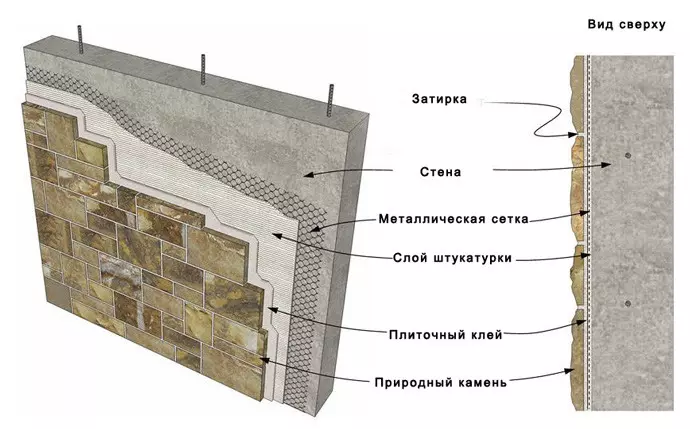
Wall interior decoration diagram.
The large range and price availability of the finishing material is currently expanding the possibilities in the manifestation of fantasy and creativity in carrying out this type of work.
Options for interior wall decoration
Choosing material for wall decoration in any rooms, it is necessary to pay attention to its compliance with the functional, technical and sanitary and hygienic requirements for a certain type of room. For residential premises it is necessary to give preference to natural quality materials, "breathable" and having low thermal conductivity. The aesthetic component plays an important role. For premises with high humidity, materials are selected, which can be easily maintained.
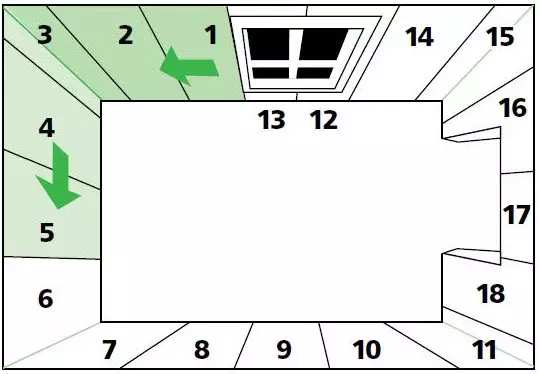
Wall pastry scheme with wallpaper.
The variety of types of finishes for walls is simply impressive:
- Wall covering with wallpaper;
- use in the finishing of fabric and textile;
- Wall panels;
- painting;
- decorative plaster;
- Ceramic tile, etc.
One of the most popular types of internal wall decoration is pasting wallpaper. In construction stores you can find vinyl, simple paper, fabric, flieslinic, etc. Modern wallpapers are able to satisfy any, even the most enhanced requirements. They are environmentally friendly, aesthetic, universal.
Luxuriously looks like a textile coating wall and cloth used for a long time. The possibility of using folds and various tissue drapes is beneficially distinguishes such a finish from its other types.
The interior decoration of the premises with wall panels is a modern type of finish, for example, wall cladding with wood looks warm and cozy, and plastic is very convenient during operation: it is easy to clean, not subject to rotting, have a low cost.
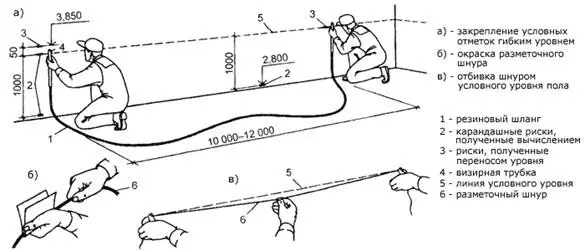
Laying tiles on the wall.
Interesting effects and compositions on the walls can be created using modern eco-friendly paints.
Decorative plaster has a big creative potential, allows you to create a wide variety of textured coatings: stone crumb, coating under ancient, flock, Venetian plaster, etc. When applying this building material for walls, you can create imitation of natural materials: wood, marble, stone.
Article on the topic: What wallpaper Select for a narrow room, tips and recommendations
It will never lose its relevance to the design of the inner walls in the premises with high humidity of ceramic tiles. This material is hygienic, moisture consists, durable and aesthetic.
The most popular types of finishes for walls - ceramic tiles, wall panels and decorative plaster - should be considered in more detail.
Decorative plastering wall decoration
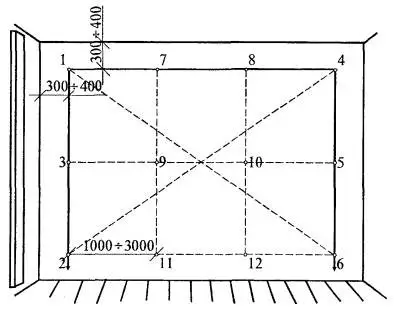
Preparation of walls for decorative plaster.
A relatively new, but loved by many types of wall decoration today is a decorative plaster, which is capable of creating various patterns on the surface, multilayer panels and pictures, an unusual texture. You can manifest your abilities in the creation of the composition, and you can buy ready-made stencils in the store. For the beginning, the necessary materials and tools are prepared:
- dry finished mixture for plaster;
- primer mixture;
- putty knife;
- Metal smolder;
- half-sash;
- Steel Kelma;
- Sponge for finishing coatings.
Decorative stucco can be of various types, depending on the choice of which additional tools may be required:
- various rollers;
- decorative applicators;
- spray;
- Tassel, etc.
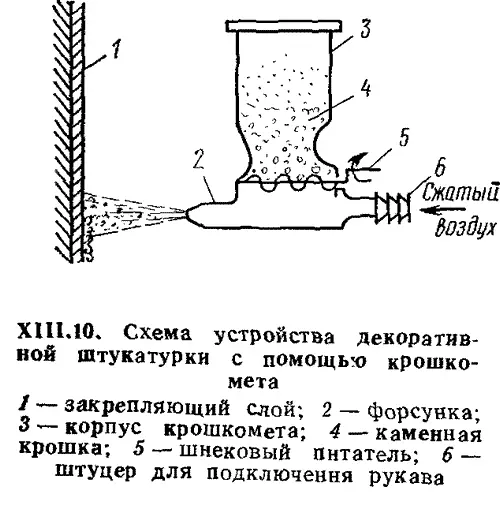
Device diagram of decorative plaster using a crumbbell.
First of all, the basis of the base under the plaster is being prepared: old finishing materials are removed, the surface is determined from dust and dirt, aligned, all irregularities and cracks are removed. This surface of the walls is ground and smelled well.
Further, the works are made in accordance with the recommendations attached to the purchased mixture of decorative plaster. It should be noted that it may be of varying degrees of complexity. Works should be done in a warm dry room and be completed for 1 day.
Depending on the desired pattern, the plaster is applied to the wall with various tools. For example, with textured plaster working with a roller, a stainless spatula or sprayer, and with a structural - a spatula or ironing. After applying decorative plaster on the wall due to its plasticity, it is possible to give it any form. To do this, you can also use a brush, and roller, and a spatula, etc. Depending on the planned pattern, it is possible to apply on the wall of several layers of plaster.
Article on the topic: How to get rid of forty-dog in a private house
Wall decoration with ceramic tiles
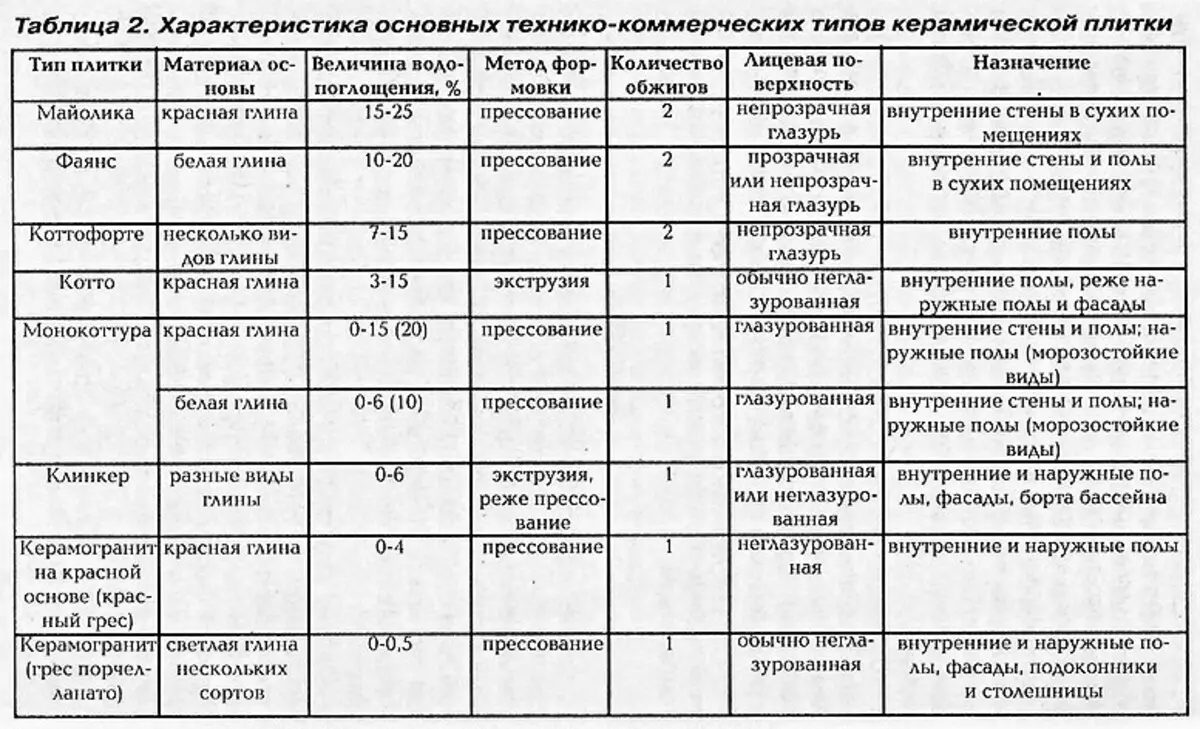
Characteristics of tiles.
As mentioned above, the inner walls of premises with an increased degree of humidity are often lined with ceramic tiles. For this, a perfectly smooth surface is prepared in advance.
For these facing works, the following materials and tools will be needed:
- actually ceramic tile;
- Special glue;
- alabaster;
- grout for seams;
- plastic separators;
- spatulas;
- building level;
- rubber hammer;
- Rule, roulette;
- cord, nails;
- rail;
- slab;
- sponges;
- water tanks;
- water;
- Capacity for glue;
- Wide brush.
There are various ways to lay ceramic tiles, most of them are:
- The rotor when the seam of the subsequent row is located strictly in the middle of the previous one;
- seam in seam is the easiest way in which all tiles are exactly each other;
- diagonally - a time-consuming method of laying, in which the angle of the seam line in relation to the wall and to the floor is equal to 45 °;
- Modular grid is a complex method of laying, requiring a thorough calculation and design of the pattern.
Deciding which method of laying will be applied, it is necessary using nails, cords and other measuring instruments to mark the wall surface. Landmarks in further work can serve a beacon tiles attached in the corners of the walls on the alabaster. In the future, after performing its functions, the tile data is transferred to glue.
Before starting facing works, inspection, sorting and counting ceramic tiles. If necessary, it is used for the preparation of incomplete tiled billets.
To obtain an indent from the floor before laying the first row of ceramic tiles, a rake is installed. Further actions are made on it. Ceramic tile lays downwardly upwards.
The bottom of the tile is wiped with a damp sponge. An ordinary spatula is applied to it, and then a toothed spatula - the required amount of special glue is smoothed. After that, the tile is tightly pressed with hand to the wall and slightly embracing the rubber hammer. The laying of the first row is best done from the middle and focus on the tiles-lighthouses. To adjust the seam thickness between the tiles, plastic separators are installed, which are then cleaned.
Article on the topic: How to disguise the gas boiler in the kitchen
The last stage of cladding works is the processing of seams with a special grout.
Interior decoration of the room with wall panels
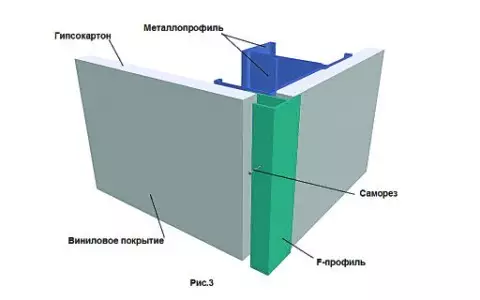
Installation of wall panels.
Wall panels There are different types: plastic, wooden, magnesite plates, composite materials, etc. They can be used in any rooms: both in residential rooms, on partitions and in the toilet, in the hallway, etc. Wall panels as one of the modern Types of wall finishing has in front of other ways to finish great advantages:
- no need for additional preparation of walls;
- The space between the panels and the wall can be effectively used by installing sound and thermal insulation, various communications;
- Simple installation of panels, etc.
For installation of wall panels, the following tools and materials may be needed:
- Wall panels, the species is selected at will, according to functionality;
- Kleimers (special brackets);
- Plinths;
- Handling elements: folding angles, plinths, cartel, etc.;
- Wooden bars for frame;
- Construction level, roulette;
- drill;
- self-tapping screw;
- Hammer, nails.
Even without having special skills, you can easily install wall panels on your own. First of all, from wooden bars using drill and self-tapping screws, installed on the wall, along the edges of window and door openings, the crate, and the distance between the bars should not be more than 50 cm.
Now the first panel is attached to the creek with special brackets - kleimers. The brackets themselves are fixed on the bar with the help of hammer and nails. Be sure to check the verticality of the panels for the construction level.
The next panel is installed in the same way. Between the panels are securely and seamlessly bonded by the type of groove-ridge. It should be noted that the installation of wall panels is performed very quickly.
After that, for the full completion of this type of work on the walls, various fasteners and handling elements are installed: plinths, folding corners, cartlers, etc.
Thus, there are many modern ways of interior wall decoration. Due to the wide variety of building materials for wall decoration, everyone will be able to choose an option in their preferences, opportunities and skills.
